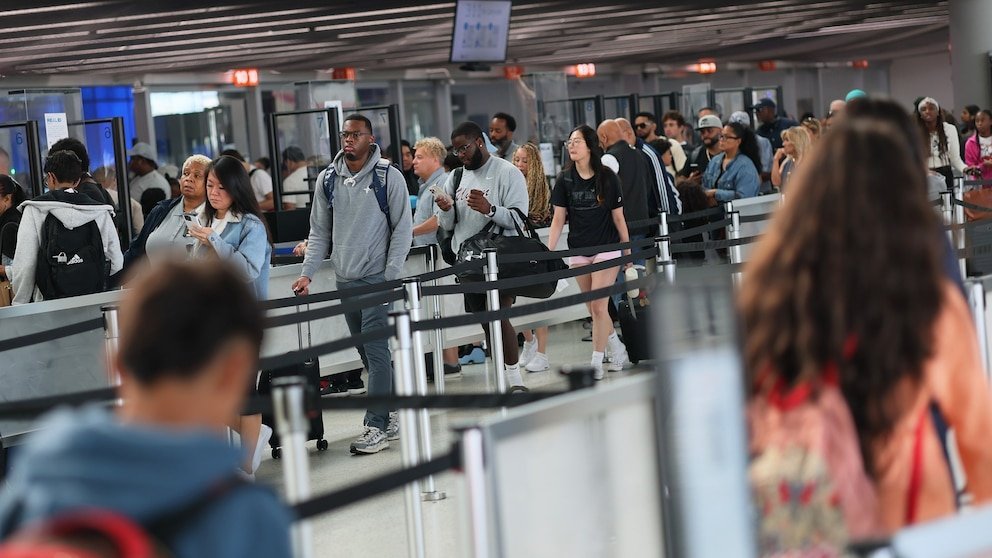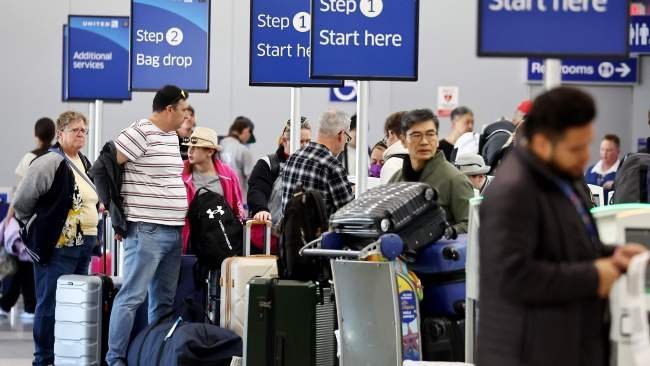Australian Travellers Left Devastated as US Government Shutdown Forces Closure of Iconic Tourist Attractions
- Karl and Jane Williams from Perth were left heartbroken after finding the Gateway Arch in St Louis closed due to the shutdown
- Major airports, national parks, and government-run attractions are being affected, leaving travellers caught out
- The shutdown has put around 800,000 federal employees on unpaid leave, including airport staff, customs officers, national park rangers, and museum staff
Australian travellers heading to the United States are being warned to expect disruptions and closures of iconic tourist attractions as the US government shutdown continues. For travellers like Karl and Jane Williams from Perth, the shutdown has turned their dream trip into a nightmare. The couple had planned a six-week bucket-list trip to the US, but their excitement was short-lived when they arrived at the Gateway Arch in St Louis only to find it closed.
“We had no idea until we turned up there,” Mr Williams said. “There was a whole lot of other people in the same area and we were all wondering why the doors weren’t opening.”
The Gateway Arch, the tallest arch in the world at 192 metres, was a major highlight of their trip. “It’s been on my bucket list for years, I love the history of it, and have watched documentaries,” Mr Williams said. “So, it was pretty heartbreaking to travel from Perth just to go to one place and then it’s not open.”
The couple is not alone, with many Australian travellers affected by the shutdown. Dean Long, CEO of the Australian Travel Industry Association (ATIA), warned that airports in New York, Atlanta, Los Angeles, and Chicago are critical transit points and travellers could face long lines, delayed flights, and missed connections.

Mr Long suggested alternative transport where possible and advised travellers to check their airline’s conditions before making changes. “If there’s a way you can take the bus rather than a plane once in the US, that might be something you might want to look at,” he said.
National parks are generally being kept open, but visitor centres have closed. The Smithsonian, the world’s largest museum complex with museums in Washington DC and New York City, will close to the public after October 6.
Despite the uncertainty, Mr Long said most Australians should not abandon their travel plans. “For those people who are nervous, altering plans is an option. But the US is a very large country, and most services will continue to operate,” he said.
Australia’s Department of Foreign Affairs and Trade is advising travellers to exercise normal safety precautions in the US, including avoiding locations where demonstrations and protests are occurring. Law enforcement in the United States remains unaffected for now, with the military remaining at their posts and National Guard troops continuing to work.
The US Travel Association estimates the shutdown will cost the economy $1 billion a week due to disruptions in air and rail travel and the closure of museums and national parks. However, Mr Long said while the shutdown was disruptive, the broader impact on Australia’s tourism industry was likely to be minimal.

